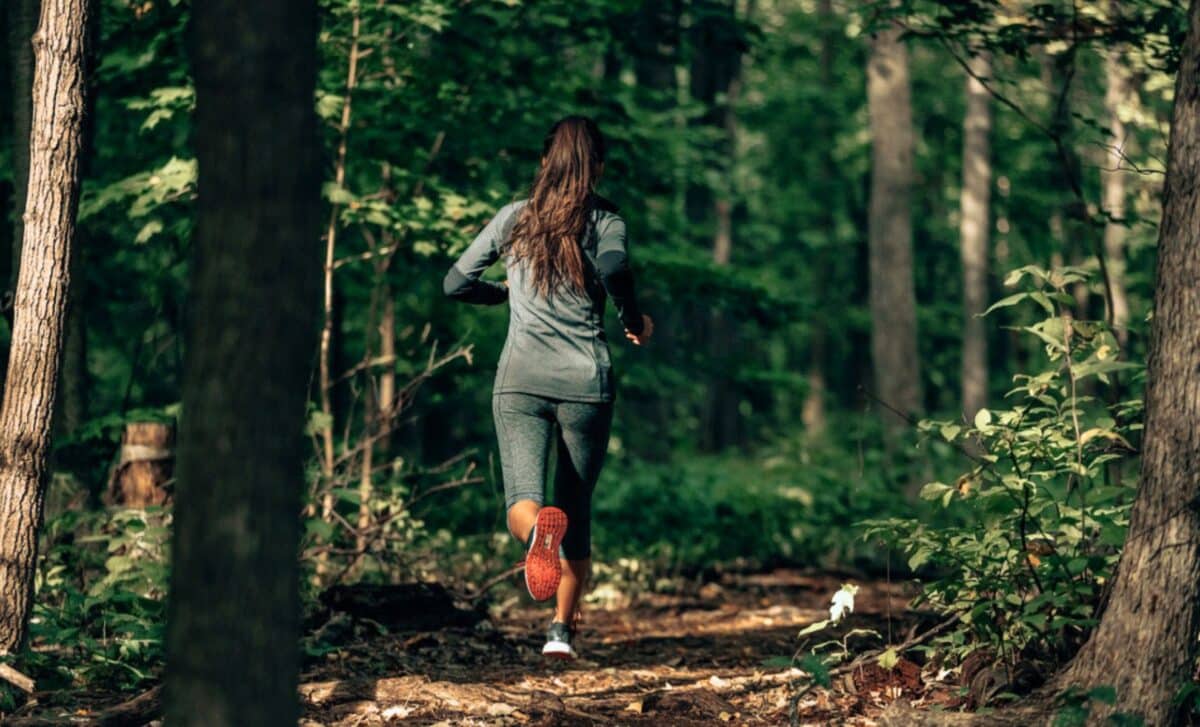Faced with a short commute and no car, many opt for a bicycle over walking—and for good reason. Cycling isn’t just faster. Biomechanically, it’s dramatically more efficient. According to Professor Anthony Blazevich, a specialist in human movement at Edith Cowan University, cycling is at least four times more energy-efficient than walking, and significantly less physically demanding than running.
This isn’t just about speed. Research has consistently shown that the human body, when paired with a bicycle, becomes one of the most energy-efficient movers in the animal kingdom. A now-famous comparison published in Scientific American confirmed that a human on a bicycle uses less energy per kilometer than a flying bird or swimming fish—a striking insight into the power of simple machines.
What makes cycling so efficient? The answer lies in a combination of physics, engineering, and human physiology. Unlike walking, which relies on impact-heavy, energy-draining motion, cycling turns muscle power into forward motion with minimal waste.
Compact Motion, Major Energy Savings
When walking, each step involves swinging the full weight of the leg forward, lifting it against gravity, and absorbing impact when the foot strikes the ground. That energy loss, repeated thousands of times per hour, adds up quickly. As Blazevich writes in his article reported by The Independent, “Our legs must swing through large arcs… this swinging motion alone consumes a lot of energy.”
Cycling removes much of that burden. The circular pedal stroke limits unnecessary motion and avoids vertical displacement. There’s no bouncing, no heel strike, no energy lost through the ground. Instead, the rolling contact between tire and surface ensures continuous, low-resistance movement—a core reason why the body requires less effort to maintain momentum.
 Credit: Shutterstock
Credit: Shutterstock
A detailed 1973 analysis published in Scientific American quantified this difference: humans on bicycles expend just 0.15 kilocalories per kilogram per kilometer, compared to roughly 0.3–0.5 kcal/kg/km when walking. In practical terms, that means a person burns less than half the energy to travel the same distance by bike.
Gears, Gradients, and Muscle Limits
Another key reason cycling outperforms walking lies in how it matches the body’s muscular limitations. Muscles become less efficient as they contract more rapidly—a phenomenon known as the force-velocity relationship. The faster the contraction, the more energy is required to produce the same force.
Bicycles solve this elegantly. Through adjustable gearing, riders can maintain consistent muscle output even as terrain or speed changes. As Blazevich explains, “Gears let your muscles stay in their sweet spot for both force production and energy cost.” This is something no unaided form of locomotion can replicate.
Research in Frontiers in Physiology supports this claim, showing that proper cadence and gear selection allows cyclists to optimize power output and delay fatigue, especially during long or repetitive efforts.
That said, there are limits. On steep inclines over 15%, the circular pedaling motion struggles to generate the vertical force needed. In these scenarios, walking—where the body can push directly upward—is often more efficient. Conversely, cycling downhill becomes easier with increasing slope, while walking downhill introduces joint stress and higher energy costs due to braking and shock absorption.
Not Just Transport—Physiological Partnership
Beyond transport, cycling is a model for how machines can extend human physical potential. Studies published in Sports Medicine show that cycling produces lower joint loads, reduced impact forces, and longer time-to-fatigue compared to walking or jogging at similar metabolic intensities.
This makes it a particularly compelling form of movement for older adults, rehabilitation patients, or anyone seeking sustained physical activity without overuse injuries. As cities seek ways to promote healthy aging and active transportation, the case for cycling as an inclusive, low-barrier solution continues to grow.
“Your bicycle isn’t just a tool,” Blazevich notes. “It’s a machine evolved to partner with your physiology, maximizing energy use while minimizing physical strain.”

